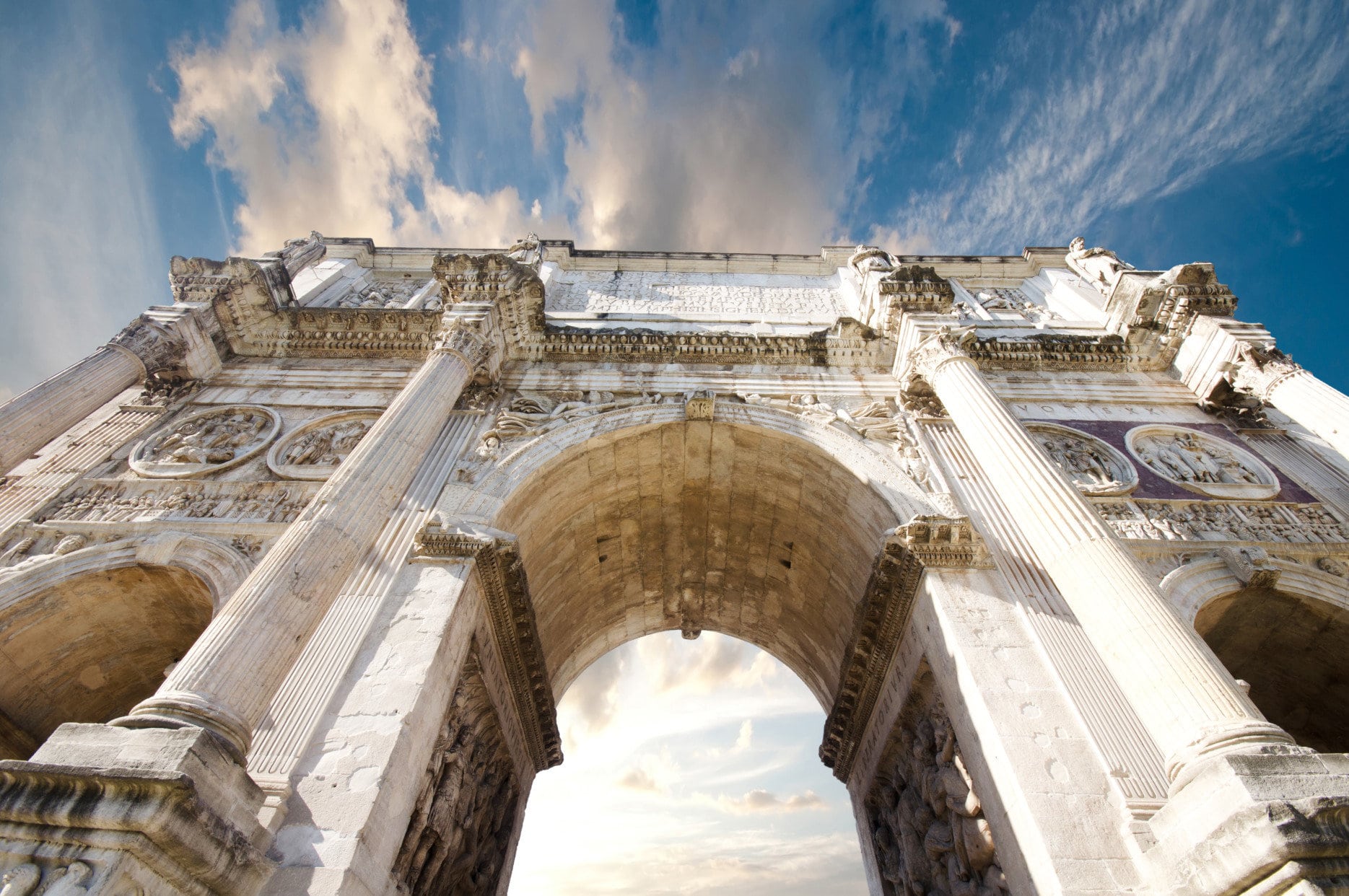

“Framing the Sun: The Arch of Constantine and the Roman Cityscape.” Art Bulletin LXXXVIII.2 (2006): 223-42. Rome: View of the Colosseum and The Arch of Constantine. Reverso Context ofer traducere în context din englez în român pentru 'of the arch which', cu exemple: 26 And on the top of the arch which was over their heads was the form of a kings seat, like a sapphire stone and on the form of the seat was the form of a man seated on it on high. The Arch for Constantine incorporates two main elements that likely date back to Trajan: eight statues of Dacian prisoners and four panels of relief sculpture. Ancient History Encyclopedia Limited, 9 June 2013.

It celebrates Roman Emperor Constantines victory over Maxentius on October 28, 312 CE at the Battle of the. Arch of Constantine, 312-315 C.E., and older spolia, marble and porphyry, Rome The monumental arch stands approximately 20 meters high, 25 meters wide, and 7 meters deep. “The Arch of Constantine, Rome.” Ancient History Encyclopedia. The Arch of Constantine I was erected in 315 CE. Rome Alive: A Source-Guide to the Ancient City. The Arch of Constantine (Italian: Arco di Costantino) is a triumphal arch in Rome, situated between the Colosseum and the Palatine Hill. Arch of Constantine, 312-315 C.E., approximately 20m high, 25m wide, and 7m deep, central opening approximately 12m high, Rome. Let’s take a look at the different parts of the Arch of Constantine, so you can appreciate the monument with a little more context. Its design is typical of a triumphal arch, with a large central archway and two narrower ones carved into the marble on either side. Rome: View of the Colosseum and The Arch of Constantineīy Antonio Joli, oil on canvas, painted 1744-1748 CE, image in the public domain via Wikimedia CommonsĪicher, Peter J., and Laurie Haight. The Arch of Constantine stands at an impressive 21 metres high and 27 metres wide.


 0 kommentar(er)
0 kommentar(er)
